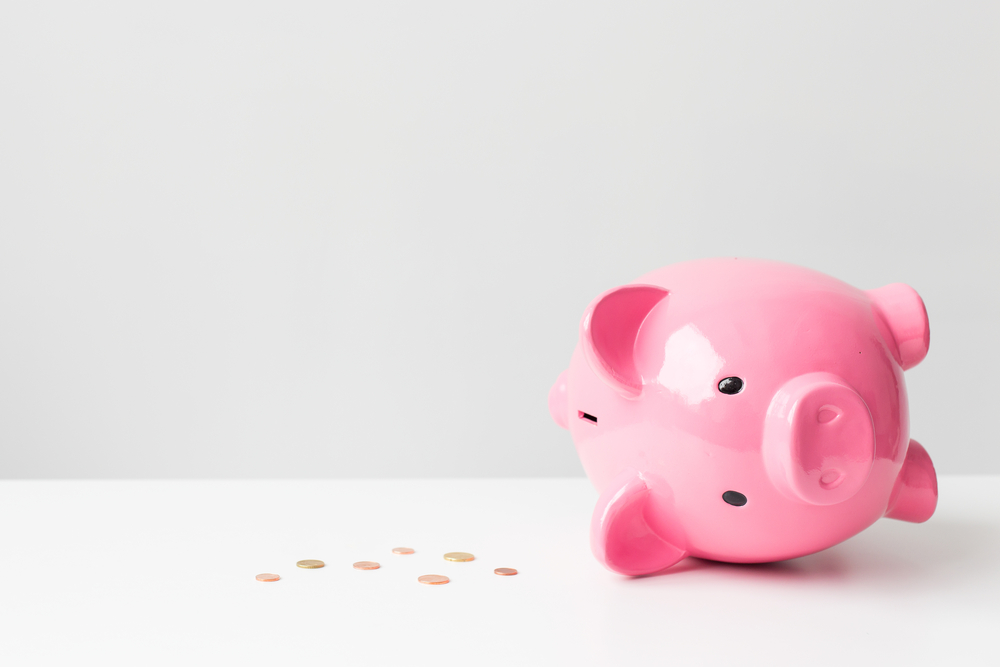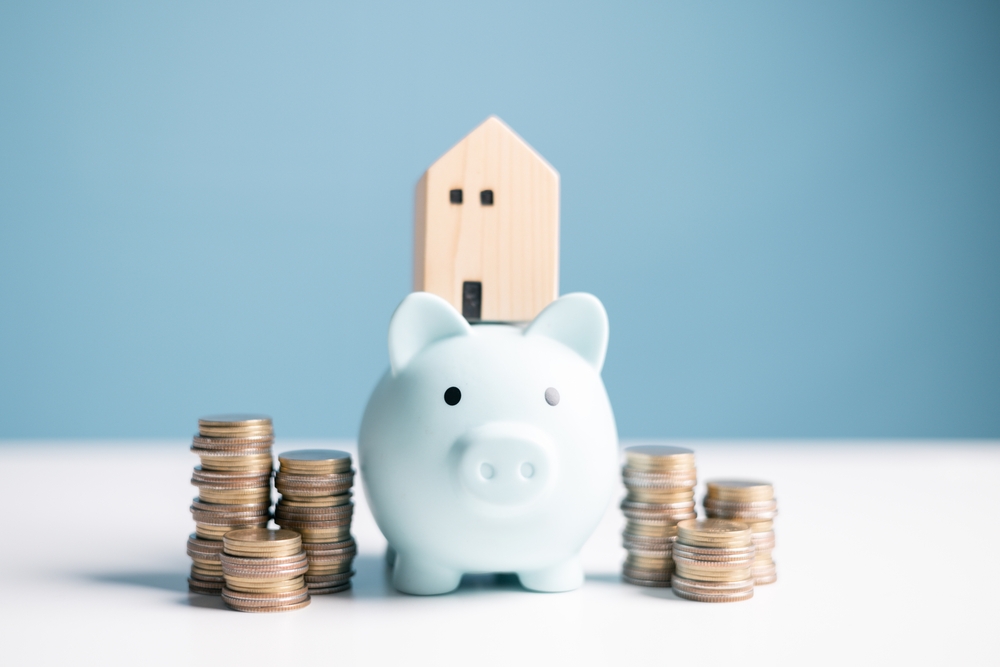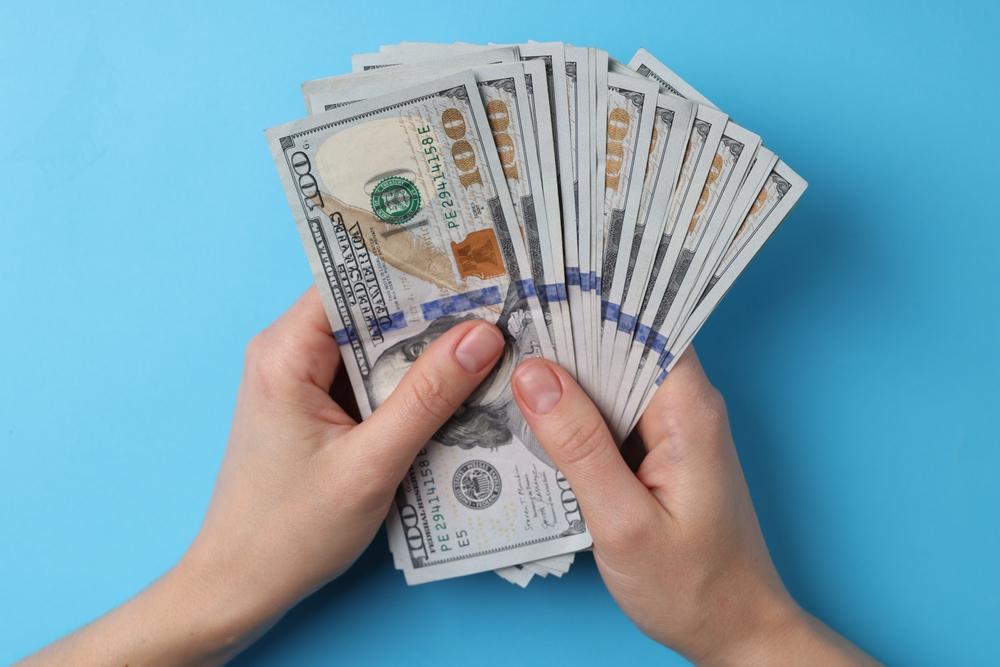Building an emergency fund is like giving yourself a financial safety net for those unexpected twists and turns life tends to throw our way. While the idea of saving a substantial amount can seem daunting, there are ways to make it less painful and even a bit fun. Here are 14 easy hacks to help you grow your emergency fund faster, without feeling the pinch. By incorporating some or all of these tips, you’ll be on your way to financial security before you know it.
1. Automate Your Savings to Effortlessly Build Your Fund

One of the simplest ways to grow your emergency fund is to automate your savings. By setting up an automatic transfer from your checking account to your savings account, you can ensure that you’re consistently adding to your fund without even thinking about it. According to a study from Bankrate, automating your savings can help you save more effectively by removing the temptation to spend the money elsewhere. This method is not only convenient but also helps to instill a sense of discipline in your financial habits.
You can start small with the amount you transfer each month, and gradually increase it as you get more comfortable. This will allow you to adjust to the change without feeling a financial strain. Additionally, you can set specific dates for the transfers, such as payday, to ensure you’re saving before you even have a chance to spend. By automating your savings, you’re making it easier to reach your financial goals without the added stress.
2. Round-Up Your Purchases and Make the Most of Loose Change

Another great hack is to use a round-up savings feature with your bank or financial app. This feature automatically rounds up your purchases to the nearest dollar and deposits the difference into your savings account. Over time, these small amounts can add up significantly, providing a painless way to boost your emergency fund. According to NerdWallet, round-up programs are becoming increasingly popular for their simplicity and effectiveness.
If your bank doesn’t offer this feature, consider using one of the many apps available that provide similar services. Apps like Acorns and Chime can help you make the most of your spare change. It’s an easy, no-fuss strategy to save money without having to make any major changes to your spending habits. Plus, the satisfaction of watching those small amounts grow can be quite motivating!
3. Make Saving a Game with Savings Challenges

If you enjoy a little friendly competition, try participating in a savings challenge. These challenges can take many forms, but the goal is to save a specific amount of money within a certain timeframe. For instance, the 52-week savings challenge encourages you to save an increasing amount each week, starting with just $1. According to The Balance, savings challenges can be a fun and effective way to boost your savings while staying engaged.
You can even customize your challenge to suit your financial situation and goals. Consider setting personal milestones or rewards for when you reach certain savings benchmarks. This not only keeps you motivated but also adds an element of fun to the process. By turning saving into a game, you’re more likely to stick with it and see real results.
4. Sell Unwanted Items and Turn Clutter into Cash

Take a look around your home and identify items that you no longer need or use. Selling unwanted items can be a great way to quickly boost your emergency fund while decluttering your space. Online platforms like eBay, Facebook Marketplace, and Craigslist are excellent places to start. You might be surprised at how much some of your belongings are worth to others.
This approach not only helps you save but also encourages a minimalist lifestyle, which can lead to fewer impulse purchases in the future. Plus, organizing your space can be therapeutic and rejuvenating. Set a goal to sell a certain number of items each month, and watch as your emergency fund grows. It’s a win-win situation: a tidier home and a fatter savings account.
5. Cut Back on Subscriptions You Hardly Use

In today’s digital world, it’s easy to accumulate multiple subscriptions without even realizing it. Take a moment to review all your current subscriptions and identify any that you rarely use or can live without. Canceling these can free up a surprising amount of money each month, which can be redirected straight into your emergency fund. You might find that services like gym memberships, streaming platforms, or magazine subscriptions aren’t as essential as you once thought.
Consider using apps like Truebill or Trim to help you identify and manage unwanted subscriptions. These apps do the heavy lifting of tracking your expenses and recommending areas where you can cut back. By taking control of your subscriptions, you’re not only saving money but also becoming more mindful of your spending habits. This newfound awareness can lead to smarter financial decisions in the future.
6. Use Cash-Back and Rewards Programs to Your Advantage

Cash-back and rewards programs can be a fantastic way to save money without changing your spending habits. Many credit cards offer cash-back options on everyday purchases, allowing you to earn a percentage back on groceries, gas, and more. You can then deposit these rewards directly into your emergency fund, giving it a nice boost without any extra effort. Make sure to choose a card that aligns with your spending habits to maximize benefits.
In addition to credit card rewards, consider joining loyalty programs for your favorite stores. These programs often provide discounts, cash-back, or points that can be redeemed for future purchases. Be mindful, though, not to overspend just to earn rewards; the key is to use these programs on purchases you were already planning to make. By strategically utilizing cash-back and rewards programs, you can grow your savings little by little while continuing with your regular shopping routines.
7. Implement a “No-Spend” Day Each Week

A “no-spend” day is exactly what it sounds like—a day where you commit to not spending any money. By designating one day each week as a no-spend day, you can save money by skipping unnecessary purchases. This practice encourages creativity and resourcefulness, as you’ll need to find ways to entertain yourself and meet your needs without opening your wallet. Over time, these small savings can accumulate, making a noticeable difference in your account balance.
To make the most of your no-spend days, plan ahead by preparing meals in advance and ensuring you have enough essentials on hand. Use these days to explore free entertainment options, like visiting parks, playing board games, or having a movie marathon at home. As you become more accustomed to no-spend days, you may find yourself naturally reducing your spending on other days as well. This simple habit not only boosts your savings but also fosters a more mindful approach to your financial life.
8. Refinance or Consolidate Debt to Save on Interest

If you have high-interest debt, such as credit card balances or personal loans, consider refinancing or consolidating to lower your interest rates. By doing so, you can reduce your monthly payments and free up extra cash to contribute to your emergency fund. Research lenders who offer competitive rates, and be sure to compare terms to find the best fit for your situation. Lowering your interest payments can significantly speed up the debt repayment process, leaving more room for savings.
Refinancing or consolidating debt requires some time and effort, but the long-term benefits can be substantial. Make sure to weigh the costs and potential savings carefully before committing to a new loan or credit line. Additionally, maintaining a strong credit score will help you qualify for better rates. By tackling your debt strategically, you can create a smoother path to financial freedom and an emergency fund that’s ready for whatever life throws your way.
9. Set a Realistic Budget and Stick to It

Creating a realistic budget is a foundational step in any savings plan, and it’s essential for growing your emergency fund. Begin by tracking your income and expenses to understand where your money is going each month. Identify areas where you can cut back or adjust spending, and allocate those savings toward your emergency fund. A well-structured budget can provide clarity and help prevent overspending, ultimately supporting your financial goals.
Once your budget is in place, commit to sticking with it and regularly reviewing your progress. Use budgeting tools or apps, such as Mint or YNAB, to stay on track and hold yourself accountable. Remember, flexibility is key—life can be unpredictable, so be prepared to adjust your budget as needed. By maintaining a solid budget, you’re setting the stage for financial success and ensuring that your emergency fund continues to grow.
10. Find Creative Ways to Earn Extra Income

Boosting your income is another effective strategy for growing your emergency fund. Look for side hustles or freelance opportunities that align with your skills and interests. Whether it’s dog walking, tutoring, or selling handmade crafts online, there are countless ways to earn extra money. Use your additional income to directly bolster your emergency fund, giving it a significant boost without sacrificing your primary income.
If a side hustle doesn’t fit your lifestyle, consider asking for a raise at your current job or seeking out opportunities for advancement. Demonstrating your value to your employer and negotiating for higher pay can provide a steady increase in income. Additionally, consider passive income streams, such as investing in dividend-paying stocks or rental properties, to create a continuous flow of earnings. By exploring multiple avenues for extra income, you can accelerate the growth of your emergency fund.
11. Embrace the Power of Bulk Buying

Purchasing items in bulk can be a cost-effective way to save money on everyday essentials. By buying in larger quantities, you often receive a lower price per unit, allowing you to stretch your budget further. Focus on non-perishable items that you use regularly, such as toiletries, cleaning supplies, and pantry staples. This strategy not only reduces your cost per item but also decreases the frequency of shopping trips, saving you both time and money.
However, it’s important to approach bulk buying with caution to avoid waste. Ensure you have adequate storage space and that the items won’t expire before you can use them. Plan your purchases carefully and stick to a shopping list to prevent impulse buying. By embracing bulk buying, you’re maximizing your savings potential and freeing up more funds to contribute to your emergency savings.
12. Leverage the Library for Free Entertainment

Libraries are an often-overlooked resource for free entertainment and education. In addition to an extensive collection of books, many libraries offer free access to movies, music, audiobooks, and even digital resources. By utilizing your local library, you can cut back on entertainment expenses and redirect those savings into your emergency fund. Plus, libraries frequently host free events and workshops, providing opportunities for learning and socializing.
Make visiting the library a regular habit for both cost-effective entertainment and personal growth. Explore new genres, attend author talks, or join a book club to expand your interests without spending money. This not only enriches your life but also helps you appreciate the value of community resources. By taking full advantage of what your library offers, you’re saving money while nurturing your mind and spirit.
13. Practice Mindful Spending to Avoid Impulse Buys

Mindful spending is about being intentional with your money and making thoughtful purchasing decisions. Before making a purchase, ask yourself if it aligns with your values and long-term financial goals. This practice encourages you to prioritize needs over wants and helps prevent impulse buying. Developing this habit can lead to significant savings, as you’re spending money more consciously and only on items that truly matter.
To cultivate mindful spending, establish a waiting period for non-essential purchases. This gives you time to consider the purchase’s necessity and impact on your budget. Additionally, keep a list of your financial goals and refer to it when making decisions, reminding yourself of the bigger picture. By practicing mindful spending, you’re not only saving money but also fostering a healthier relationship with your finances.
14. Celebrate Your Progress to Stay Motivated

Lastly, remember to celebrate your progress as you work toward building your emergency fund. Reaching financial milestones, no matter how small, is an achievement worth acknowledging. Celebrating your accomplishments keeps you motivated and reinforces positive financial habits. Consider treating yourself to a small reward or sharing your success with friends and family for additional encouragement.
Reflecting on your journey can also provide insights into what strategies worked best for you and where improvements can be made. Use this knowledge to refine your approach and continue refining your savings plan. By maintaining a positive mindset and celebrating your progress, you’re more likely to stay committed to your financial goals and enjoy the process. Your emergency fund will grow steadily, serving as a testament to your hard work and dedication.
This article is for informational purposes only and should not be construed as financial advice. Consult a financial professional before making investment or other financial decisions. The author and publisher make no warranties of any kind.








